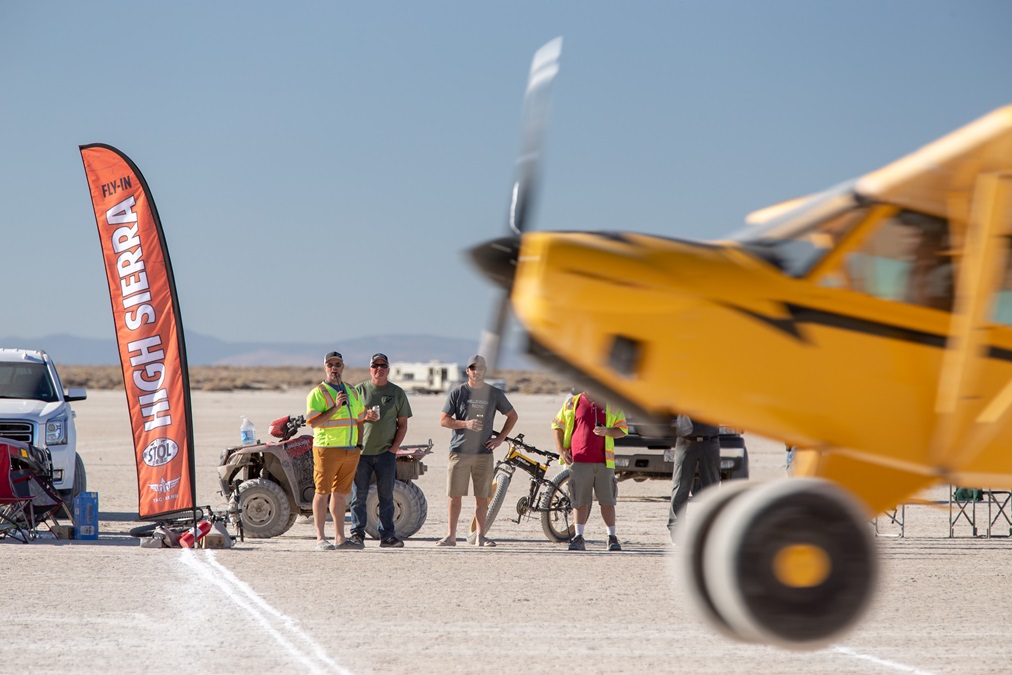STOL Drag offers training
'Making good pilots better'
STOL Drag is offering two-day training courses to help pilots polish their stick-and-rudder, power-management, and short-takeoff-and-landing skills and train to earn a spot in future STOL Drag events, including competing at the Stihl National Championship Air Races.
STOL Drag received national accreditation from the FAA in May, allowing it to host events around the country and provide training. The events feature STOL Drag racing in which “two aircraft fly side-by-side as fast as they can down a 2,000-foot straightaway, land, and turn around and race back to land at the finish line,” the group explained in a news release announcing the accreditation.
The $750 training course takes place two days before STOL Drag events and includes a two-hour ground session and five hours of flight time, though participants often fly more than five hours if weather permits, he said. Pilots who enroll in a training course receive a letter detailing what to practice before arriving, such as slow flight and stalls, so that they understand how their aircraft performs.
The course won’t “teach you how to do a spot landing or slip”—you should already be proficient in those before arriving—but your skills will be “honed like no course on the planet,” Quinn said. Pilots provide their own aircraft and do not fly with instructors. Instead, instructors provide on-ground coaching through radio tips while pilots practice. The flights are also recorded so that pilots can learn from video analysis.
Quinn said they “keep it fun,” and it’s attainable for pilots flying anything from a Cessna 172 to a specialized STOL aircraft.
During the training, pilots can qualify to become an official STOL Drag pilot and receive a card that allows them to compete in events for two years. Each time a pilot participates in an event, the two-year validation period resets.
The group certified 16 pilots in 2019 who competed in the first STOL Drag event at the Stihl National Championship Air Races in Reno, Nevada. Another 21 (out of 50 who trained) received cards before the MayDay STOL Drag in Wayne, Nebraska. Training will be offered in advance of the Snake River STOL Drags in Ontario, Oregon, in September and October, and ahead of the World Championships at the High Sierra Fly-in in October. STOL Drag includes three classes ranging from 350-horsepower STOL aircraft to Cessna 172s.
Quinn also said that STOL Drag can provide additional training outside of those events and would travel to pilots who gathered at least 15 in one location to complete the course.
“We leave our egos at home,” Quinn said. “Let’s make you safer, let’s make you more proficient.”




